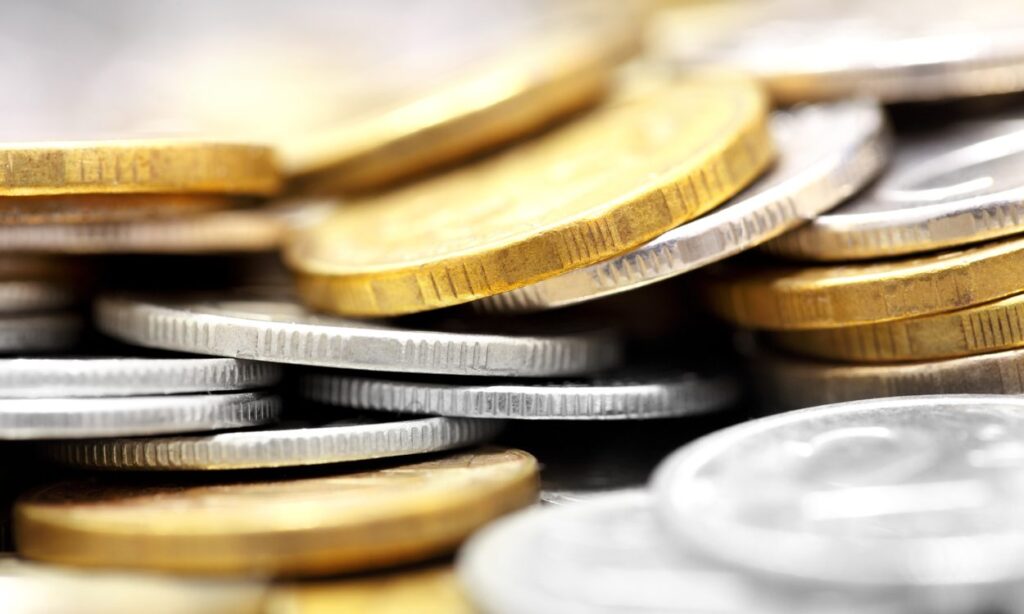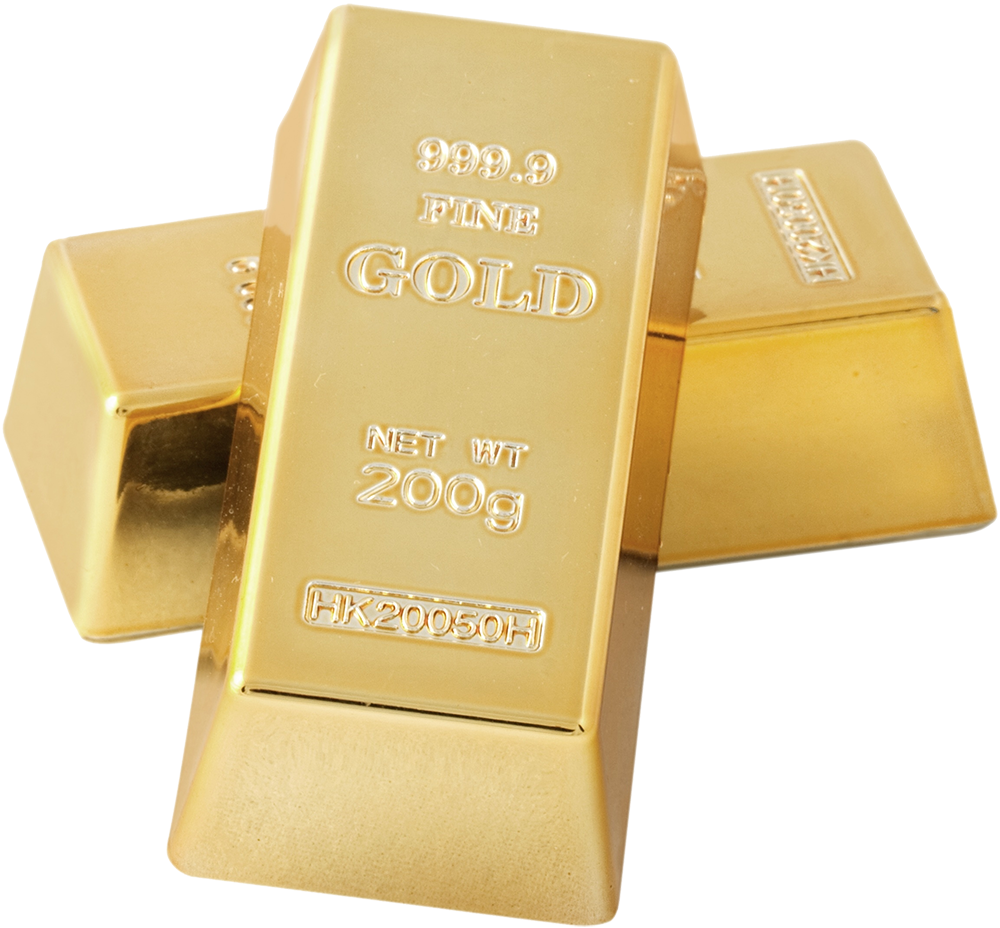In our business, we’re always on the lookout for news about counterfeit coins, so this story from across the border in New Jersey caught our eye.
From the Cherry Hill Courier Post on June 25:
“A Moorestown man admitted Monday he impersonated a federal agent while selling counterfeit coins, authorities say. Johnathan A. Kirschner, 34, also pleaded guilty to unlawfully importing counterfeit coins and fake gold bars, according to the U.S. Attorney’s Office.”
According to the story, Kirschner sold the phony gold bars to a buyer in Marlton for $11,000 in May of 2017, wearing a badge and an ankle holster to pass himself off as an ATF agent.
One month later, he sold 49 counterfeit coins to two buyers in Mount Laurel, netting $1,000. But these victims realized they’d been scammed, and arranged a second meeting, telling Kirschner they had a niece who also wanted to buy silver coins.
But the couple’s niece was actually a real ATF agent, and after Kirschner accepted $1,600 for 55 counterfeit coins, he was arrested. He’s due to be sentenced in October in federal court.
It’s not clear from the story what exactly made Kirschner’s victims suspicious. However, there are some ways to tell if you’re dealing with a counterfeit coin.
1. Visual tests
Spotting obvious fakes can be easy when you have another coin that you know is authentic to act as your guide. The markings, edge finishes and relief – a term for the height of the images on the coin from its surface – should all line up with the authentic coin.
Using a jeweler’s loupe or magnifying glass can help as well. Check the edges of the coin for reeds – or the grooves on the sides of the coin. If you don’t see reeds, or if the reeds are uneven, you’re almost certainly dealing with a phony coin.
2. The relief test
It’s hard for counterfeiters to master the relief on a coin. Some get it too low, others make it too high. You can test coins by stacking them up with other coins from the same series. If the stack doesn’t stay upright, you should probably question the coin’s authenticity.
3. The ice test
Want to tell if a silver coin is real or counterfeit? Get out an ice cube. Of all metals, silver is the best conductor of heat. If a coin is made from real silver, placing it underneath an ice cube should cause the ice to melt right away.
4. The “ping” test
This is probably the most basic method of determining if you’re dealing with a counterfeit coin. A real silver coin makes a distinctive “ping” sound when you drop it on a hard surface. If you don’t hear that sound, you’re probably dealing with a fake. (Not recommended for rare silver, as it can cause micro-abrasions on the metal.)
5. The magnet test
Silver and gold are not magnetic metals, so if a coin or gold bar sticks to a magnet, you can quickly mark it off as fake. Counterfeit coins made with any amount of iron or steel will have some magnetic attraction, although we should note this test won’t work for zinc, copper or lead.
And if you can’t determine whether the coin in question is real, focus on the seller. Are they in a hurry to close the deal? Are they offering a price that seems too good to be true?
Suggest meeting in a well-lit, public place, preferably somewhere with video cameras. If they aren’t willing to do so, you might be dealing with a scammer.
Still not sure what you’ve got? Visit Doylestown Gold Exchange. Our experts can examine your gold and silver coins and tell you their value.
We don’t carry a badge, just decades of experience in appraising gold and silver coins, jewelry and other valuables. Contact us today to learn more.


